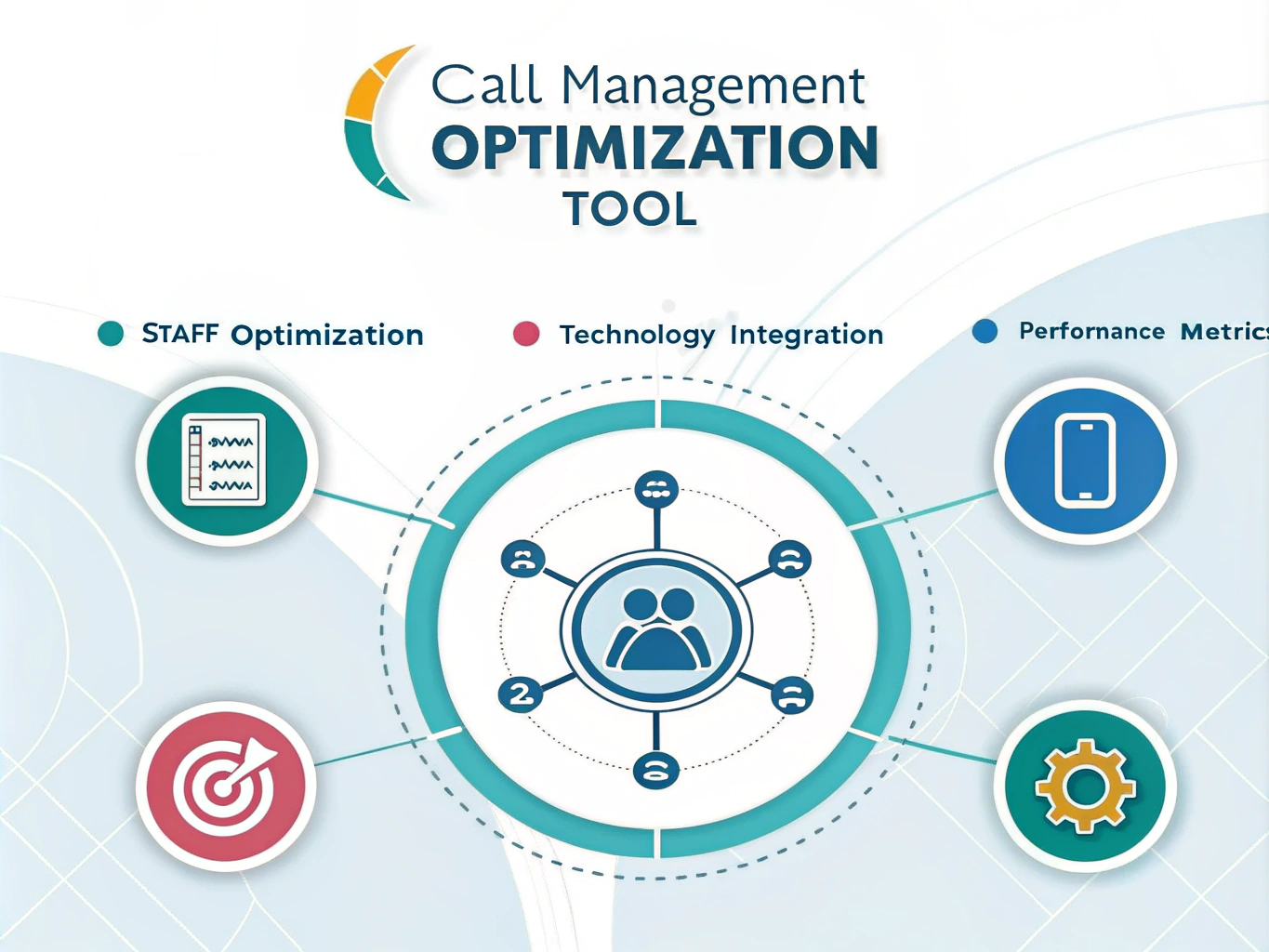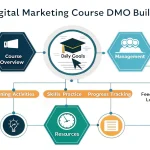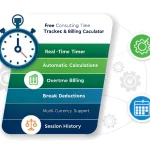Is this tool helpful?
How to Use the Call Management and Performance Optimization (CAPM) Tool Effectively
The CAPM Tool helps you improve inbound call handling and reduce abandoned calls. To get the best results, complete each field carefully and provide accurate information. Here’s how to fill in the form with examples to guide you:
- Type of business or industry: Specify your business sector. For example, enter “Telecommunications” or “Legal Services.”
- Average daily inbound call volume: Enter the number of calls you receive per day on average. For example, 1200 or 350.
- Number of staff handling inbound calls: State how many employees manage incoming calls daily. Examples: 15 or 60.
- Average number of abandoned calls per day: Enter how many calls are missed or abandoned on a typical day, such as 75 or 20.
- Peak calling hours: Provide the time periods when call volume spikes. Examples include 8am-10am, 4pm-6pm or 1pm-3pm, 7pm-9pm.
- Current call handling technology or software in use: Describe your existing systems, e.g., Cloud-based call center platform or Call queue software with IVR.
- Main issues with current call handling: Summarize challenges like slow call transfers or lack of real-time call analytics.
After completing the form, click Generate Call Management Solution. The tool analyzes your data and provides customized recommendations to enhance your inbound call handling processes.
Introduction to the Call Management and Performance Optimization (CAPM) Tool
The CAPM Tool is a practical resource designed to help businesses boost the efficiency of their inbound call management while reducing abandoned calls. It evaluates your specific business conditions—such as industry type, call volumes, staffing, and technology—and suggests tailored strategies to address your unique challenges.
Purpose and Core Benefits
- Identify causes of high abandoned call rates to reduce customer frustration.
- Optimize staff scheduling and allocation during busy hours for balanced workloads.
- Improve call wait times and overall customer experience.
- Leverage appropriate technologies for streamlined call flow management.
- Encourage ongoing evaluation and enhancement of call center performance.
This tool helps you pinpoint weak points in your call handling workflows and implement targeted solutions. It supports better customer satisfaction and staff productivity while saving operational costs.
Practical Usage of the CAPM Tool
The CAPM Tool provides actionable recommendations by analyzing your input data. Here are common scenarios where the tool proves valuable:
1. Managing High Call Volumes
If your average daily call volume is high but staffing is limited, the tool suggests workforce adjustments, such as increasing staff during peak periods or adopting a callback system to avoid lost calls.
2. Optimizing Staff Scheduling
The tool identifies mismatches between peak call times and staffing levels. For example, if calls peak from 3pm to 5pm but staff levels remain constant, it recommends flexible scheduling to boost coverage when needed most.
3. Upgrading Call Management Technology
When current systems are outdated or inefficient, the CAPM Tool advises appropriate upgrades. Recommendations might include deploying cloud-based contact center software or integrating an advanced IVR system to automate routine queries and reduce agent workload.
4. Setting Performance Metrics
The tool helps establish key performance indicators (KPIs) such as average handle time, first call resolution rate, and customer satisfaction scores. Tracking these metrics enables continuous performance improvement.
Real-World Applications: Use Cases
Use Case 1: Financial Services Call Center
- Input:
- Business Type: Financial Services Support
- Average Daily Call Volume: 900
- Staff Size: 25
- Peak Hours: 10am-12pm, 4pm-6pm
- Current Technology: On-premise PBX System
- Recommendations:
- Adopt cloud-based call routing to enhance flexibility
- Introduce an AI chatbot for basic client inquiries to reduce agent load
- Use workforce management software to align staffing with peak hours
- Develop standardized call scripts to maintain consistent service quality
Use Case 2: Educational Institution Helpdesk
- Input:
- Business Type: Educational Helpdesk
- Average Daily Call Volume: 400
- Staff Size: 12
- Peak Hours: 9am-11am, 1pm-2pm
- Current Technology: Basic VoIP System with Manual Call Distribution
- Recommendations:
- Implement an IVR system to efficiently route inquiries by department
- Train staff in multi-tasking skills for improved call handling
- Use real-time dashboards to monitor call queues and adjust staffing promptly
- Integrate a callback option for busy periods to lower abandoned calls
Frequently Asked Questions About the CAPM Tool
Q1: How does the CAPM Tool create tailored recommendations for my business?
The tool analyzes your details such as business type, daily call volume, staff size, peak hours, and current technologies. It then compares your data with industry standards and effective strategies to offer recommendations customized to your specific needs.
Q2: Can the CAPM Tool work with my existing call center software?
While the CAPM Tool does not directly integrate with your software, it factors in your current technology when generating advice. This helps you identify upgrades or new tools that complement or enhance your existing systems.
Q3: How often should I use the CAPM Tool?
Use the tool regularly—especially when you notice shifts in call volume, staffing, or business operations. Conducting assessments quarterly or after significant changes ensures your call management strategies stay current and effective.
Q4: Does the CAPM Tool assist with outbound call operations?
The primary focus is inbound call management, but many recommendations also improve outbound call efficiency. For precise results, use the tool specifically for inbound call optimization.
Q5: When will I see results after applying the CAPM Tool’s recommendations?
Some improvements, like changing staff schedules, yield immediate results. Others, such as technology upgrades, may take weeks or months to fully impact performance. Typically, businesses observe noticeable improvements within 1 to 3 months.
Q6: Is the CAPM Tool suitable for small businesses?
Yes. The tool scales recommendations based on your call volume and staffing, making it practical for businesses of all sizes—from startups to large enterprises.
Important Disclaimer
The calculations, results, and content provided by our tools are not guaranteed to be accurate, complete, or reliable. Users are responsible for verifying and interpreting the results. Our content and tools may contain errors, biases, or inconsistencies. Do not enter personal data, sensitive information, or personally identifiable information in our web forms or tools. Such data entry violates our terms of service and may result in unauthorized disclosure to third parties. We reserve the right to save inputs and outputs from our tools for the purposes of error debugging, bias identification, and performance improvement. External companies providing AI models used in our tools may also save and process data in accordance with their own policies. By using our tools, you consent to this data collection and processing. We reserve the right to limit the usage of our tools based on current usability factors.







